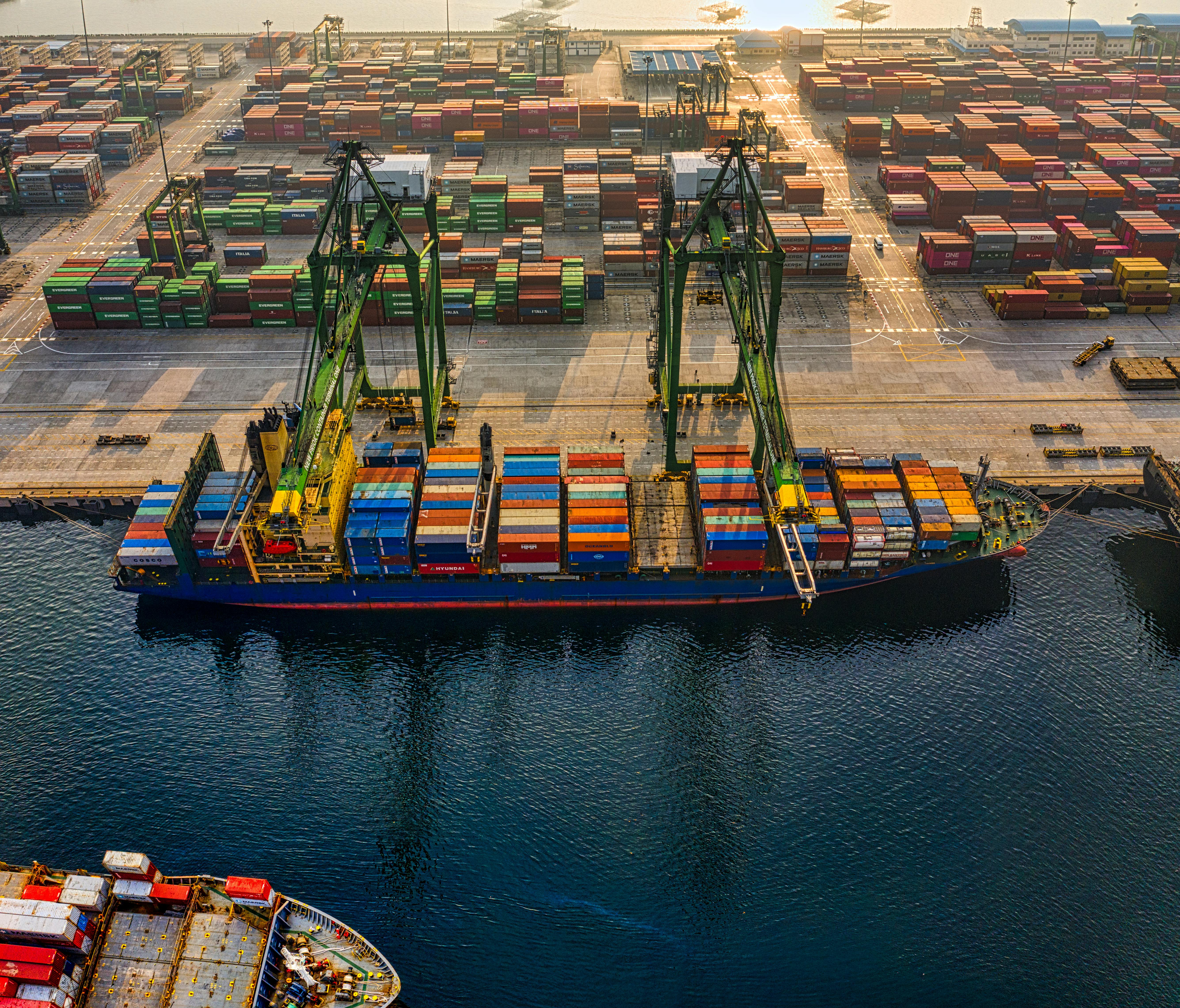The slowdown of world export of Machinery in the first half of 2022
Analysis of dynamics at constant prices signals an abrupt break in the growth path of the industry worldwide
Published by Marcello Antonioni. .
Check performance Global demand Industrial equipment Uncertainty Conjuncture Slowdown Global economic trendsIn the first part of 2022 there was a significant deceleration of the pace of development of the world trade of Machinery, which can be better appreciated considering the dynamics at constant prices1. In fact, if the dynamics measured in current euro still show positive growth rates (+ 9.8% cumulative trend in the first half of the year), the picture is much less favorable net of the inflation and euro devaluation phenomena which occurred in the period considered.
As the graph below shows, in the second quarter of the year, according to the most recent data available in the ExportPlanning Information System, the slowdown phase of world exports - measured at constant prices - of Machinery, which from + 17.8% annual average in 2021 entered (albeit slightly) into negative territory.
Already in the first quarter of the year there was a sharp worsening of the international picture of the sector, with a growth rate that fell from + 10.2% in the last quarter of 2021 (constant prices) to + 2.4% in the January-March period.
Overall, in the first six months of 2022 the sector's world exports measured at constant prices recorded a modest growth, equal to +1.1 per cent, compared to the corresponding half year 2021.
As many as 6 sectors of the machinery industry recorded negative changes in world exports in the first half of the year
Within the Machinery sector, the slowdown in world exports in the first half of the year appears generalized at a sectoral level, as shown by the trend data shown in the table below.
World Export of Machinery
(% changes in constant prices)
| 2021/2020 | H1-2022/H1-2021 | |
| Paper-making Machines | +10.2 | +0.4 |
|---|---|---|
| Semiconductor Machines | +42.9 | +2.6 |
| Machines for metal processing | +13.1 | +7.4 |
| Macchine Tools for metals | +25.8 | -4.1 |
| Macchine Tools for hard materials | +8.7 | -4.5 |
| Extrusion Machines | +12.9 | -4.4 |
| Textile Machines | +15.0 | +6.3 |
| Food Machines | +7.4 | -3.1 |
| Packaging Machines | +6.9 | -7.6 |
| Printing Machines | +7.5 | -14.0 |
| Other special purpose Machines | +11.3 | +8.7 |
| TOTAL | +17.8 | +1.1 |
Source: ExportPlanning-World Trade Datamart
In particular, in the first six months of 2022 some sectors show an evolution of world exports even of a negative sign. Specifically, the cases of:
- printing machines: slowing down by almost 22 percentage points compared to the average rates of 2021, they show a trend contraction of 14 percentage points in world exports at constant prices;
- extrusion machines: their slowdown compared to the average rates of 2021 exceeds 17 percentage points (constant prices), recording a trend decline of more than 4 percent;
- packaging machines: the deceleration of world exports in this sector exceeds 14 percentage points in comparison with the average rates for 2021, reaching -7.6 percent in the first half of 2022 on a trend basis;
- machine tools for hard materials: the deceleration of world exports in this sector exceeds, in comparison with the average rates of 2021, 14 percentage points, reaching -7.6 percent in the first half of 2022 on a trend basis ;
- food machines: the slowdown in world exports in this sector exceeds 10 percentage points in comparison with the average rates in 2021, recording in the first half of the current year a trend decline of over percentage points.
In addition to these sectoral cases with a negative 2022 performance, there is the strong downsizing of the evolution of world exports of semiconductor machines (with a slowdown even in the order of 40 percentage points, to constant prices).
Machines for metal processing, textile machines and paper-making machines show instead the greatest sealing capabilities
On the other hand, there are sectoral cases of holding up world exports in the first half of the year, which can be identified by:- machines for metal processing: in the first six months of 2022 they show a trend growth of +7.4 per cent at constant prices, slowing down by less than 6 percentage points compared to the 2021 average;
- textile machines: also confirm a significant growth dynamic (+6.3% at constant prices), albeit decelerating by almost 9 percentage points compared to the 2021 average;
- paper-making machines: in the first half of the year they experienced an almost complete elimination of growth measured at constant prices, but the deceleration is still relatively contained compared to the sector average;
- other special purpose machines2: this is the aggregate that suffered the least growth deceleration compared to 2021 (2.5 percentage points less), confirming in the first six months of 2022 a trend variation close to the double figure percentage.
Conclusions
The data for the first half of the year allow us to document the sharp slowdown in world exports , measured in quantities, of machinery products3. In particular, the most recent quarter marked a first negative trend change, after five consecutive quarters of (also very significant) growth.
The slowdown is generalized at the product level of the large machinery industry. In particular, 6 of the sectors analyzed show a negative balance of world exports in the first six months of the year. On the other hand, other 4 sectors among those considered, while taking into account a downsizing compared to the average rates of 2021, still show positive dynamics of world exports even in the measurement at constant prices.
1) A Quantity at constant prices (Q) measure has been constructed in the World Trade Datamart of the ExportPlanning Information System. This measure includes a deflation operation, in which the historical series of monetary values (V) has been transformed into a similar series of values expressed at constant prices, with a reference to a specific year, known as the base year. For a description of the applied methodology, please refer to Conjuncture of International Trade: Methodological note.
2) For a description of the products included therein, see the relative sector description.
3) For an analysis of the phenomenon at the level of total goods, see the article First Half 2022: World Trade Scenario between War and Inflation.


